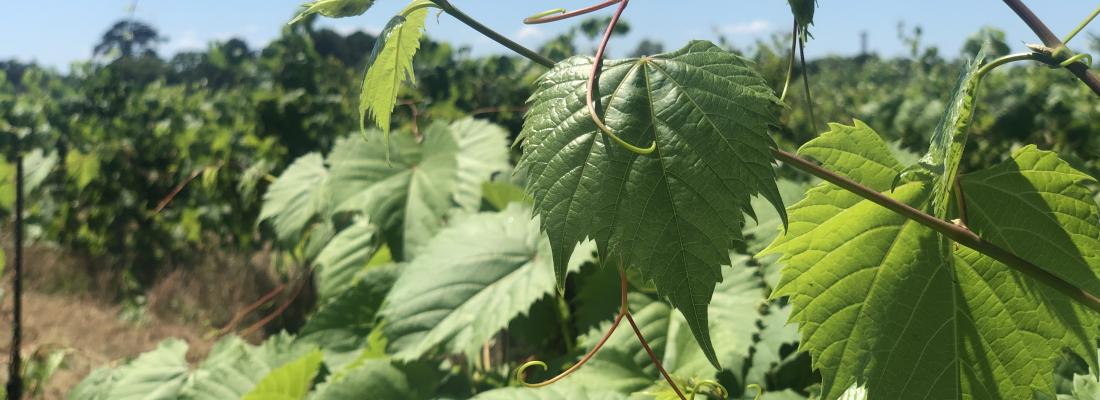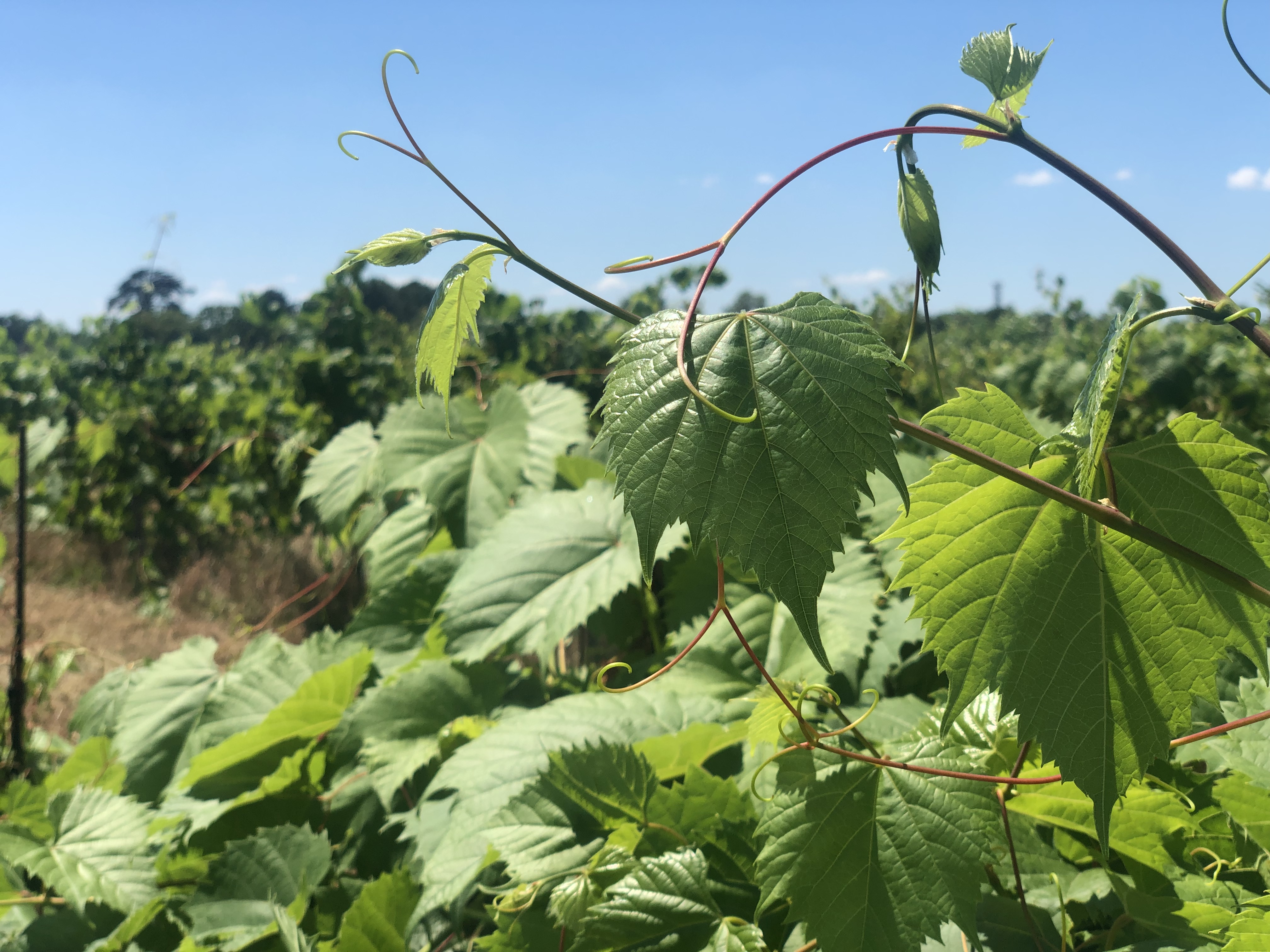Climate change and risks 2 min
First grapevine rootstock genome finally sequenced
PRESS RELEASE - INRA researchers, together with colleagues from the Institute of Vine & Wine Science (ISVV) of the University of Bordeaux, have published the first genome sequence of a grapevine rootstock. Their research culminated with the assembly and annotation of the American native Vitis riparia Gloire de Montpellier genome. Up until now, only the European variety Vitis vinifera had been sequenced. In most vineyards around the world, grapevine is grown grafted onto rootstocks, since they offer resistance to soil-dwelling pests—like Phylloxera—and improve its capacity to adapt to different environments. This high-quality sequence opens new avenues to identify genes of agronomic interest that do not exist in the European variety (disease and pest resistance, environmental adaptation) including some specific to roots. This sequence will also allow experts to envision new approaches to improve grapevines and their cultivation, which are highly threatened by pathogens, constrained growing conditions, and climate change. The results were published in the journal Scientific Data on 19 July 2019.
Published on 19 July 2019

In 2007, the first grapevine genome, Vitis vinifera, a Pinot Noir variety, was sequenced by a French-Italian consortium coordinated by INRA. Since then, several versions of this genome have followed, aiming to improve its sequence and annotation, while other annotated sequences of new varieties have been published by international teams.
Researchers from INRA, the ISVV and the University of Bordeaux recently published the assembly and annotation of the American native Vitis riparia Gloire de Montpellier genome. This is the first time a non-European grapevine genome is sequenced; it is also the first sequence of a rootstock. Vitis riparia is the oldest rootstock used in France, from which numerous other species currently used in viticulture have derived.
This research, which began in 2016, has produced a complete genome sequence and its annotation by combining three complementary approaches. The results have the particularity of presenting a phased assembly, meaning that both haplotype versions of each pair of homologous chromosomes are present. This provides valuable additional information, giving researchers access to, for example, the allelic and structural variations. A little over 37,000 genes and repeated sequences (35% of the genome is made of transposable elements) have been identified. Annotation will be pursued in order to identify other elements such as microRNAs and long non-coding RNAs.
In addition, researchers carried out the first comparative genomic analysis of V. Riparia and the Pinot noir variety. They were able to observe major correlations despite the 50-million-year evolutionary divergence. The research team will further these analyses to characterize the genes that have been preserved, their differences and points in common, and to study the molecular and genetic mechanisms that regulate traits of interest in several representatives of the genus Vitis and their diversity.
Finally, researchers have made available a Genome browser to the entire scientific community, which allows them to move through the genome virtually and search for specific genes in order to visualize their location and composition. This tool will soon be available on INRA’s Joint Research Unit for Ecophysiology and Grape Functional Genomics website: https://www6.bordeaux-aquitaine.inra.fr/egfv_eng/
|
Publication De novo phased assembly of the Vitis riparia grape genome. Nabil Girollet, Bernadette Rubio, Pierre-Francois Bert. 19 juillet 2019. Scientific Data. |

